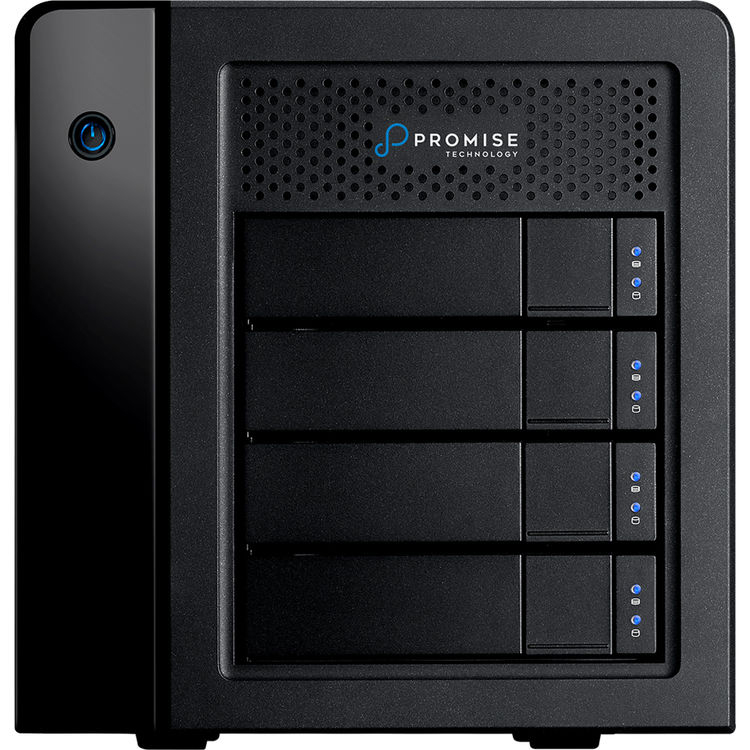Invented in the late 1980s, RAID combines two or more drives to form a single data storage medium. While offering multiple benefits including increased performance, higher storage capacity, and data protection in the form of redundancy, RAID can still fail.
It is certainly true that RAID, in some of its levels, provides an extra layer of protection that a standard hard disk drive (HDD) or solid-state drive (SSD) lacks. RAID is generally a safe and reliable storage solution and an easy way to manage and access data. However, this doesn’t mean that it can’t fail. Like all mechanical devices, including the drives that form them, RAID can and does fail. But what causes RAID failure?
Perhaps one of the most common causes of RAID failure that our RAID data recovery team see is controller failure. In a RAID array, the controller is the component that manages the drives that make up the storage unit, so they work as a logical unit. The RAID controller can be damaged by sudden power surges or outages, when a server breaks, or when multiple disks fail. While the data will remain unaltered in the event of RAID controller failure, it will become inaccessible. Following the controller failing, RAID data recovery can be very time consuming and may not be successful.
A missing partition can also cause RAID failure. Partitioning is used to reduce speed loss within the array, and if the system can’t find a particular partition, RAID failure may occur. If you’ve recently modified a partition, or if striping has failed and cause the partition to become corrupt, this can result in RAID failure. If you use your array to store data and don’t tamper with it too much, then loss of partitions is very rare. However, malware or virus attacks can also result in the loss of partitions.
Often, RAID failure is down to one or more drives in the array failing. Hard drives are not invincible and have a limited lifespan, and all sorts of problems can befall them, such as head crashes and motor failure. General wear and tear due to old age can also play a part, particularly if all drives in the array are from the same batch – they may fail in quick succession. When choosing a RAID level, it is important to look at what you’re trying to achieve, such as speed, capacity, or redundancy. If redundancy is what you’re after, choose a RAID level that provides this, allowing you some wiggle room in the event of hard drives in the array failing.
